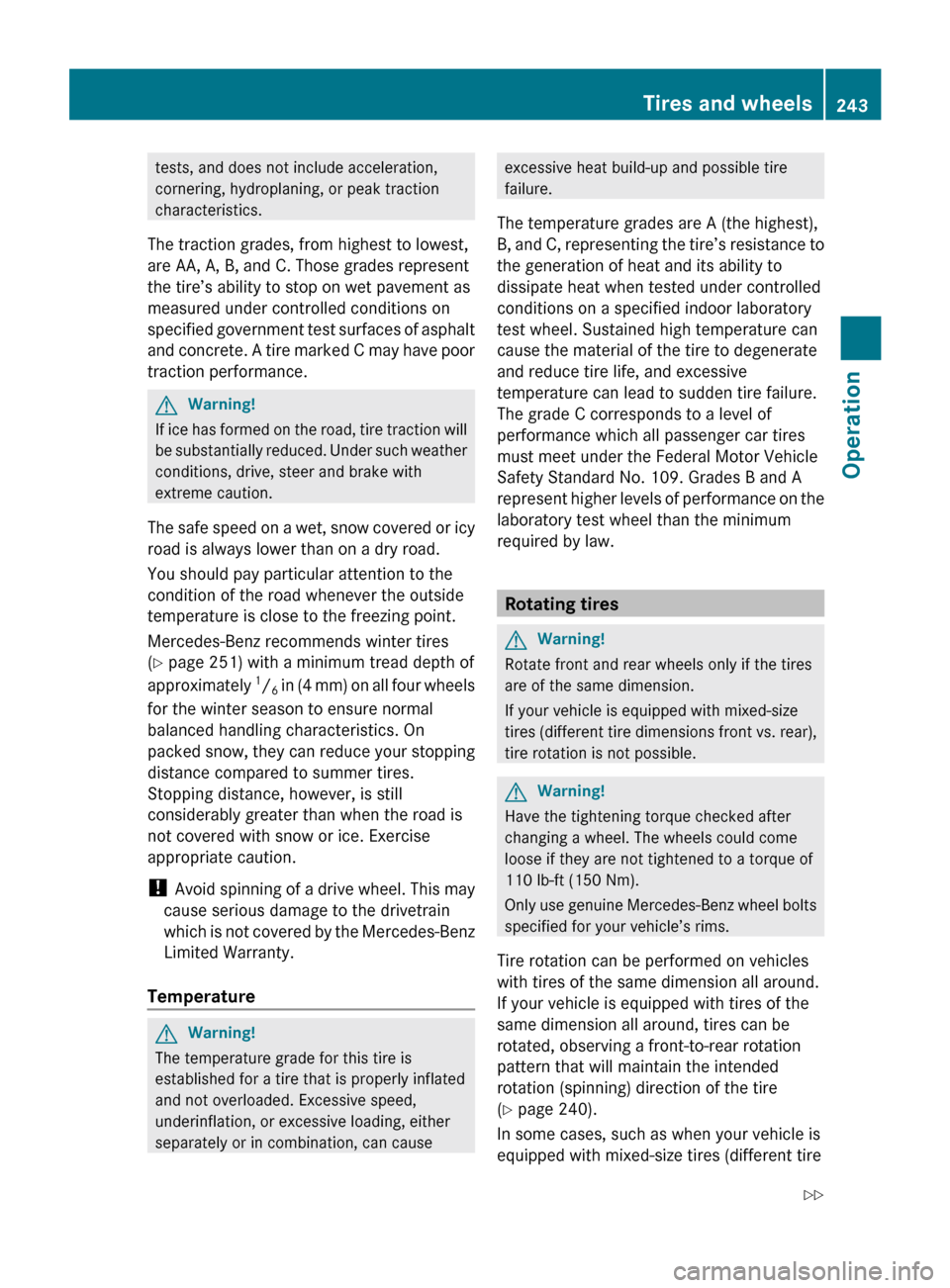2010 MERCEDES-BENZ R320 bolt pattern
[x] Cancel search: bolt patternPage 19 of 364

Telephone
............................................. 30
Answering/ending a call ................ 141
Hands-free microphone ...................33
Menu ............................................. 140
Operation ....................................... 140
Phone book .................................... 141
Redialing ........................................ 142
Temperature
Interior temperature ..............168, 176
Outside .................................. 127, 133
Tether anchorage points
see Children in the vehicle
Tie-down rings ................................... 188
Tightening torque Wheels ........................................... 330
Time setting ....................................... 133
TIN (Tire Identification Number) ...... 250
Tire and Loading Information
placard ............................................... 236
Tire and loading terminology ...........248
TIREFIT ............................................... 320
Tire Identification Number see TIN
Tire inflation pressure
Checking ........................................ 230
Important notes on ........................ 229
Label on the inside of fuel filler
flap ................................................ 230
Placard on driver’s door B-pillar ..... 236
Tire labeling ....................................... 244
Tire load rating .................................. 249
Tire ply composition and material
used .................................................... 250
Tire pressure loss warning system . 231
Tire repair kit see TIREFIT
Tires ........................................... 227, 347
Advanced Tire Pressure
Monitoring System (Advanced
TPMS) ............................................ 232
Air pressure ................................... 228
Care and maintenance ................... 241
Cleaning ......................................... 242
Direction of rotation, spinning .......240
Important notes on tire inflation
pressure ........................................ 229
Inflation pressure ........................... 230Information placard .......................
236
Inspection ...................................... 241
Labeling ......................................... 244
Load index ............................. 245, 249
Load rating .................................... 249
Messages in the multifunction
display
................................... 283, 298
MOExtended .................................. 347
Ply composition and material
used ............................................... 250
Problems under-/overinflation ...... 230
Retreads ........................................ 227
Rims and tires (technical data) ...... 347
Rotation ......................................... 243
Service life ..................................... 241
Sizes .............................................. 347
Snow chains .................................. 252
Speed rating .......................... 246, 250
Storing ........................................... 242
Temperature .......................... 229, 243
Terminology ................................... 248
TIREFIT (tire repair kit) ................... 320
Tire Identification Number ............. 250
Tire pressure loss warning system . 231
TPMS low tire pressure/
malfunction telltale ........................ 306
Traction ................................. 242, 250
Tread ............................................. 251
Tread depth ........................... 241, 251
Treadwear ...................................... 242
Treadwear indicators ............. 241, 251
Vehicle maximum load on ..............251
Wear pattern .................................. 243
Winter tires ............................ 251, 347
Tire speed rating .......................246, 250
Tongue Weight Rating see TWR
Top tether
see Children in the vehicle
Total load limit ................................... 250
Towing
Towing eye bolt .............................. 338
Trailer .................................... 119, 256
Vehicle ........................................... 338
Towing eye bolt ................................. 338
Traction ...................................... 242, 250
Trailer towing ............................ 119, 256
Coupling a trailer ........................... 257 Index
17 251_AKB; 4; 52, en-US
d2ureepe,
Version: 2.11.8.1 2009-03-23T09:22:52+01:00 - Seite 17
Page 245 of 364

tests, and does not include acceleration,
cornering, hydroplaning, or peak traction
characteristics.
The traction grades, from highest to lowest,
are AA, A, B, and C. Those grades represent
the tire’s ability to stop on wet pavement as
measured under controlled conditions on
specified
government test surfaces of asphalt
and concrete. A tire marked C may have poor
traction performance. G
Warning!
If ice has formed on the road, tire traction will
be
substantially reduced. Under such weather
conditions, drive, steer and brake with
extreme caution.
The safe speed on a wet, snow covered or icy
road is always lower than on a dry road.
You should pay particular attention to the
condition of the road whenever the outside
temperature is close to the freezing point.
Mercedes-Benz recommends winter tires
(Y page 251) with a minimum tread depth of
approximately 1
/ 6 in (4 mm) on all four wheels
for the winter season to ensure normal
balanced handling characteristics. On
packed snow, they can reduce your stopping
distance compared to summer tires.
Stopping distance, however, is still
considerably greater than when the road is
not covered with snow or ice. Exercise
appropriate caution.
! Avoid spinning of a drive wheel. This may
cause serious damage to the drivetrain
which is not covered by the Mercedes-Benz
Limited Warranty.
Temperature G
Warning!
The temperature grade for this tire is
established for a tire that is properly inflated
and not overloaded. Excessive speed,
underinflation, or excessive loading, either
separately or in combination, can cause excessive heat build-up and possible tire
failure.
The temperature grades are A (the highest),
B,
and C, representing the tire’s resistance to
the generation of heat and its ability to
dissipate heat when tested under controlled
conditions on a specified indoor laboratory
test wheel. Sustained high temperature can
cause the material of the tire to degenerate
and reduce tire life, and excessive
temperature can lead to sudden tire failure.
The grade C corresponds to a level of
performance which all passenger car tires
must meet under the Federal Motor Vehicle
Safety Standard No. 109. Grades B and A
represent higher levels of performance on the
laboratory test wheel than the minimum
required by law. Rotating tires
G
Warning!
Rotate front and rear wheels only if the tires
are of the same dimension.
If your vehicle is equipped with mixed-size
tires
(different tire dimensions front vs. rear),
tire rotation is not possible. G
Warning!
Have the tightening torque checked after
changing a wheel. The wheels could come
loose if they are not tightened to a torque of
110 lb-ft
(150 Nm).
Only use genuine Mercedes-Benz wheel bolts
specified for your vehicle’s rims.
Tire rotation can be performed on vehicles
with tires of the same dimension all around.
If your vehicle is equipped with tires of the
same dimension all around, tires can be
rotated, observing a front-to-rear rotation
pattern that will maintain the intended
rotation (spinning) direction of the tire
(Y page 240).
In some cases, such as when your vehicle is
equipped with mixed-size tires (different tire Tires and wheels
243
Operation
251_AKB; 4; 52, en-US
d2ureepe, Version: 2.11.8.1 2009-03-23T09:22:52+01:00 - Seite 243 Z